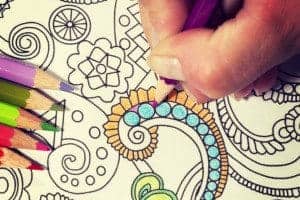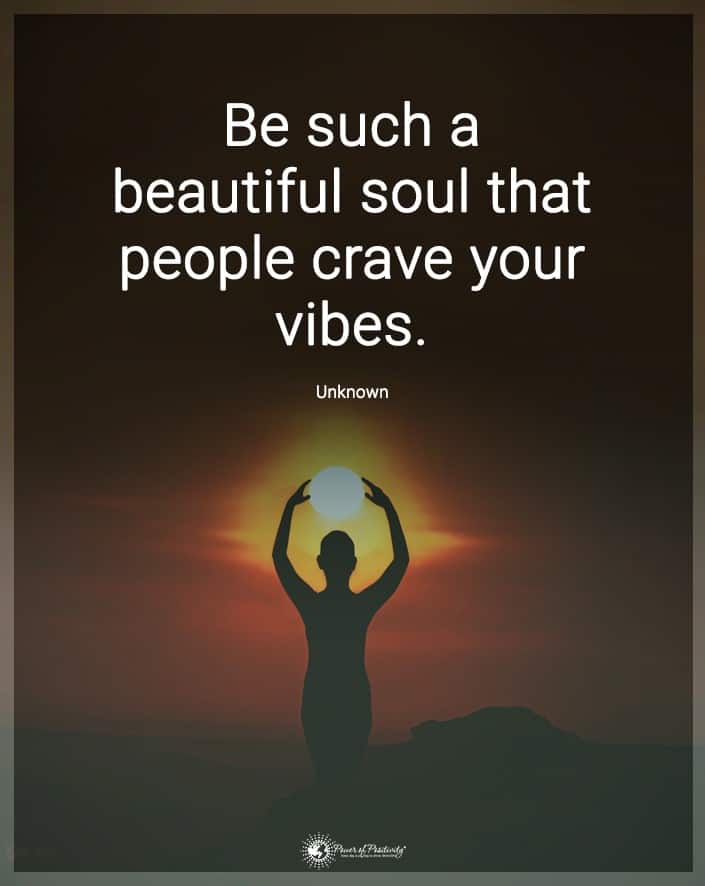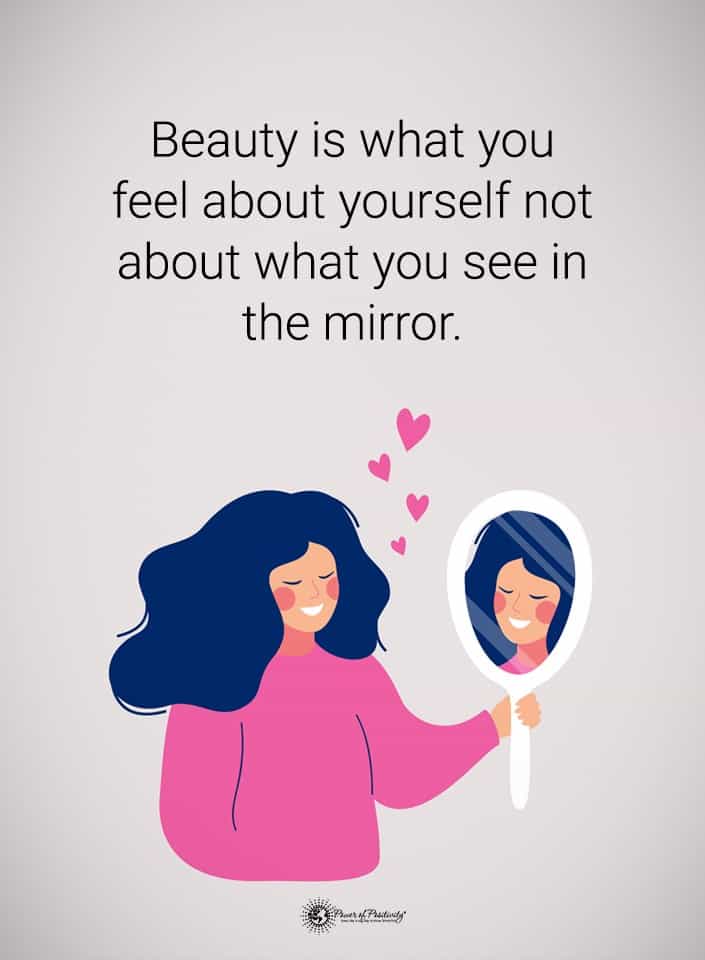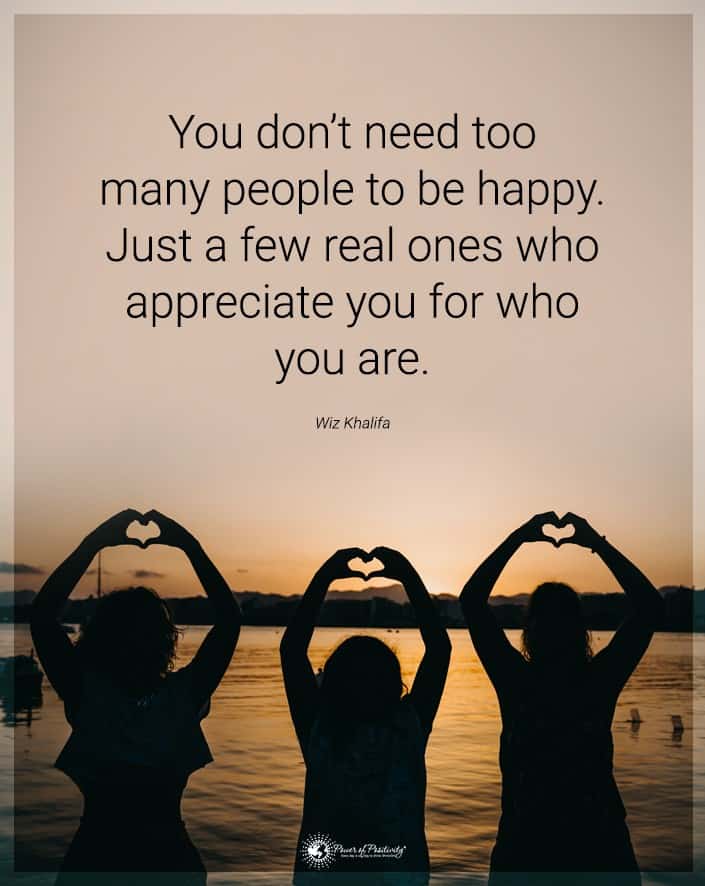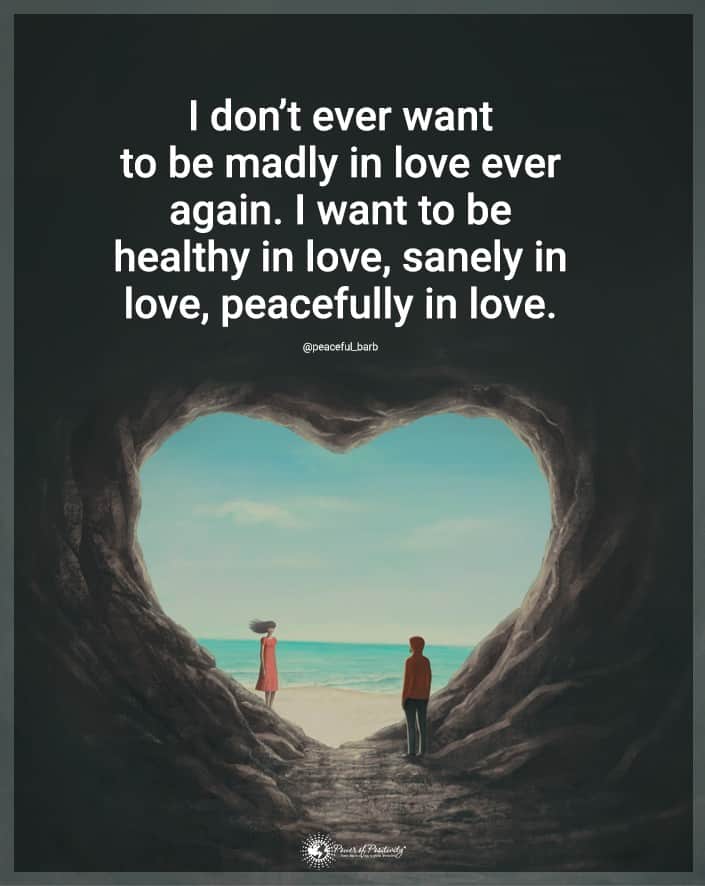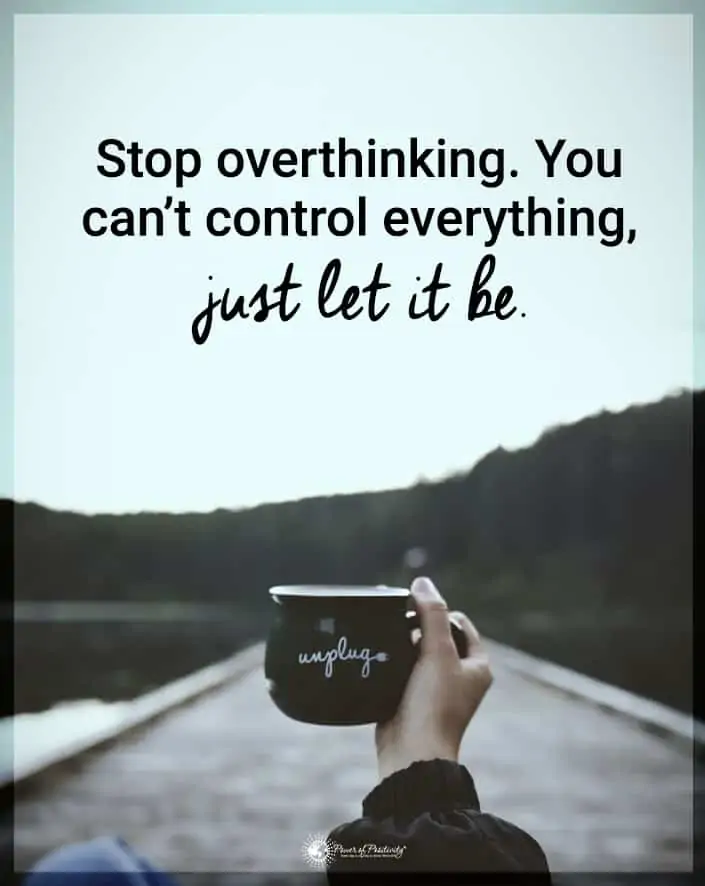When you get ready in the morning, you may not even think twice about the color of your shirt or the hue of your pants. However, the color of your outfit can actually say quite a bit about your personality and character traits. Also, what you wear also helps others to form opinions about you. As a result, your outfit color can paint a vivid picture of you before you even utter a word to your boss, coworker, or friend.
Similarly, the choice of pants can significantly impact how you’re perceived. For instance, Jack Archer Tech Pants offer not only a sleek and modern design but also a blend of functionality and style. These tech pants come in versatile colors that can convey professionalism, confidence, and a keen sense of practicality. Whether you’re heading to a business meeting or a casual outing, the right pair of pants can help you make a lasting impression, showcasing your attention to both detail and comfort.
Colors play a large role in many different aspects of life, and your outfit color is very telling of who you are as a person. And if you’re in need of fast, accurate, wholesale t-shirts printing, reliable company like screen print warehouse services is standing by and ready to help.
What does your outfit color reveal about you?
Blue
Wearing blue can make you more employable. According to a Career Builder survey of 2,099 hiring managers, 23% of employers said that blue was the best color to wear to job interviews. They also associated blue with being a team player, which is a definite plus if you’re trying to get a job. The color blue is linked with a relaxed, confident, cool-headed persona. So, if you want to land a job at your favorite company, you should definitely think of pulling that trusty blue blouse out of the closet if you really want to impress the boss.
Red
Nor surprisingly, red is associated with love and romance. If you choose to wear predominantly red, this means that you probably have a desire for love in your life, or want to impress a guy or girl. Aside from love and romance, red is also a way to express energy, passion, anger, adventure, or danger. If you pull red out of your closet today, it could be for a variety of reasons. Maybe you want to take a walk on the wild side, or catch a woman’s or man’s eye. Red is a very vibrant color, and it could even help increase your energy levels if you’re feeling a little down.
Gray
Gray is a pretty neutral color, so if you’re trying to blend in or not seem too over-the-top, then you probably wear gray fairly often. Furthermore, gray suggests that you don’t like conflict, and have an even-keeled approach to life. You don’t like to ruffle any feathers, and try to keep the peace whenever possible. People who wear a lot of gray also tend to work too much, and are very business savvy.
Purple
Purple has long been associated with power and status, but it also shows that you’re highly individualistic and unique. You are a bold, confident person and don’t ever hide who you are. Purple also shows that you’re very energetic, amiable, and sociable. You approach life with no inhibitions, and don’t ever back down from a challenge.
Black
Black is a very versatile color. Depending on the situation, it can convey authority, elegance, confidence, or even sadness. It has also been linked to aggressiveness, non-conformity, and rebellion. So, if you gravitate toward the color black, you might want to appear chic and elegant, rough and tough, or rebellious. Black can be worn in many different situations and applies to a variety of moods, making it one of the most popular colors to wear.
Green
The color green indicates safety, creativity, and relaxation. Green also symbolizes self-respect and well-being. It’s associated with a love of nature as well. So if you wear green often, you probably have a love for all things natural. You also likely have a knack for inventiveness and a big imagination. Also, since green is associated with well-being, you take care of your mind, body, and soul, and set aside a lot of time for self-care in your daily routine.
White
White shows organization and cleanliness. It also says that you enjoy simplicity and don’t make things more difficult than they have to be. People who wear white tend to be perfectionists as well, and care a great deal about their work and how others perceive them. You have high self-esteem, and only hang out with people who are fastidious about their work and go after what they want in life.
Yellow
As you might’ve guessed already, yellow is the color of happiness. If you wear yellow clothing often, you probably have a positive outlook on life, and don’t fall into sadness very frequently. Yellow is also a bold, vibrant color. Therefore, you likely have an outgoing, extroverted personality, and share your thoughts and feelings easily with others. You have a big social life, and don’t enjoy spending a lot of time alone.

